Looking at the Brutalist jumble of cubes and domes that is the National Library of Kosovo I have two questions: What were they thinking? And what does it look like inside?
The building, almost entirely covered in tessellated metal, is sometimes considered one of the ugliest in the world. It was designed by Croatian architect Andrija Mutnjaković, who reportedly wanted to combine influences of both Ottoman and Byzantine architecture, a nod to some of the empires that have ruled over the territory. The metal lattice was a way to block the sun.
Whether the 99 domes represent the white national Albanian plisi hats is uncertain, but it’s a nice thought.
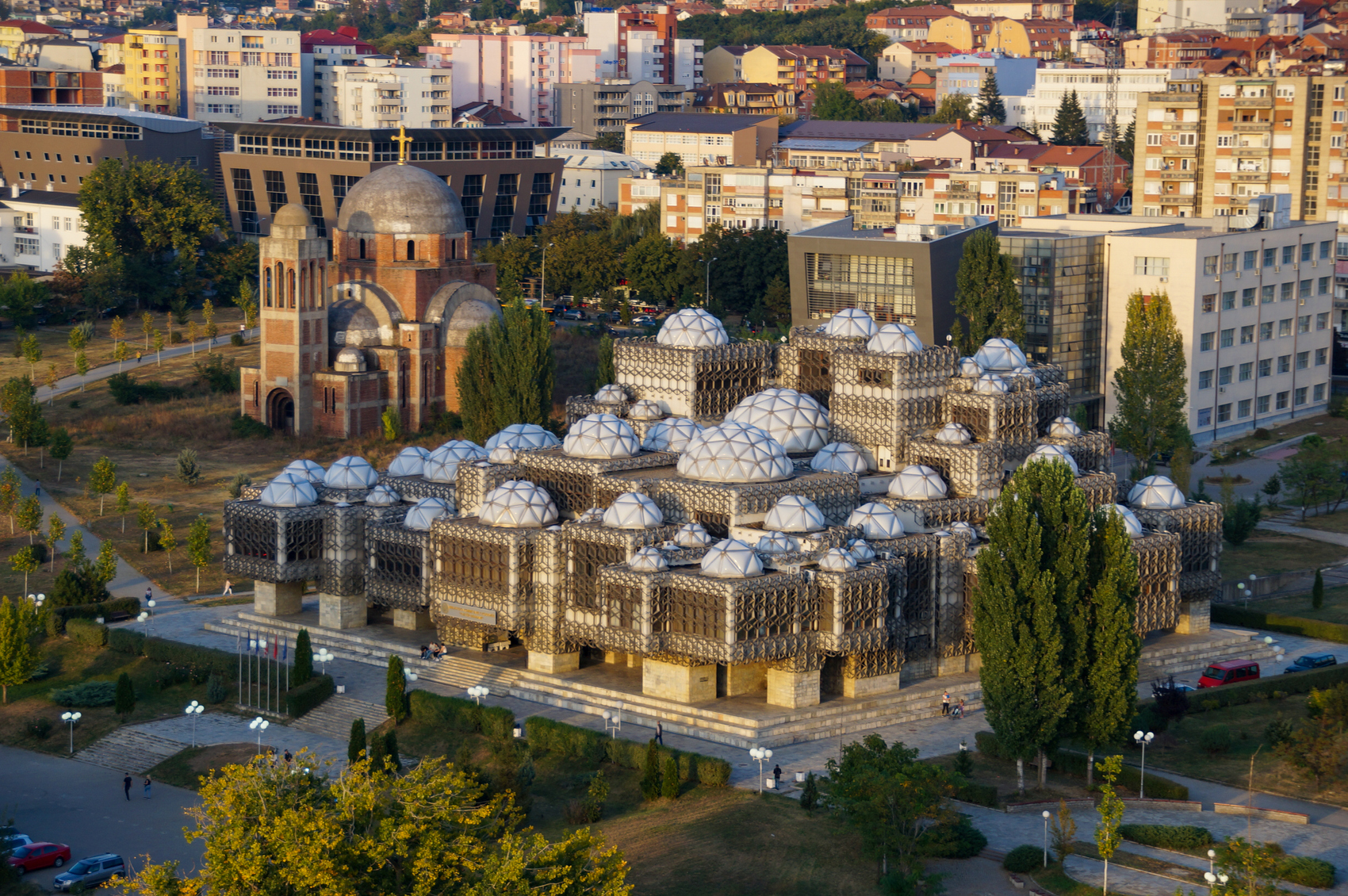
We answer the second question after following some students up the stairs and into the library. From within, the design doesn’t seem so ominous. A circular sequence of mosaic tiles covers the centre of the main hall from where we gaze up through one of the huge translucent domes.
Gripping the timber balustrades, we climb wide staircases to explore further, treading softly and whispering as one does in a library. The imposing design has given way to quiet beauty.
Stories of Kosovo’s turbulent past live in the architecture of its capital, Pristina.
Now the library is a national symbol and one of the city’s most popular attractions. But in the 1990s the Serbian regime banned Albanian readers from the building, sheltered Serb refugees from Croatia and Bosnia, and used the library as a military command centre.
Next door another building tells another chapter of Pristina’s history. The unfinished Church of Christ the Saviour sits in an overgrown mess of weeds and grass. Building of the Serbian Orthodox church began in 1992, as the Serbs began to flex their muscles as Yugoslavia fell.
The Kosovo War interrupted the project and the church now sits abandoned and in limbo as the city agonises over its future. Should it be demolished? Turned into a museum? No one can agree.
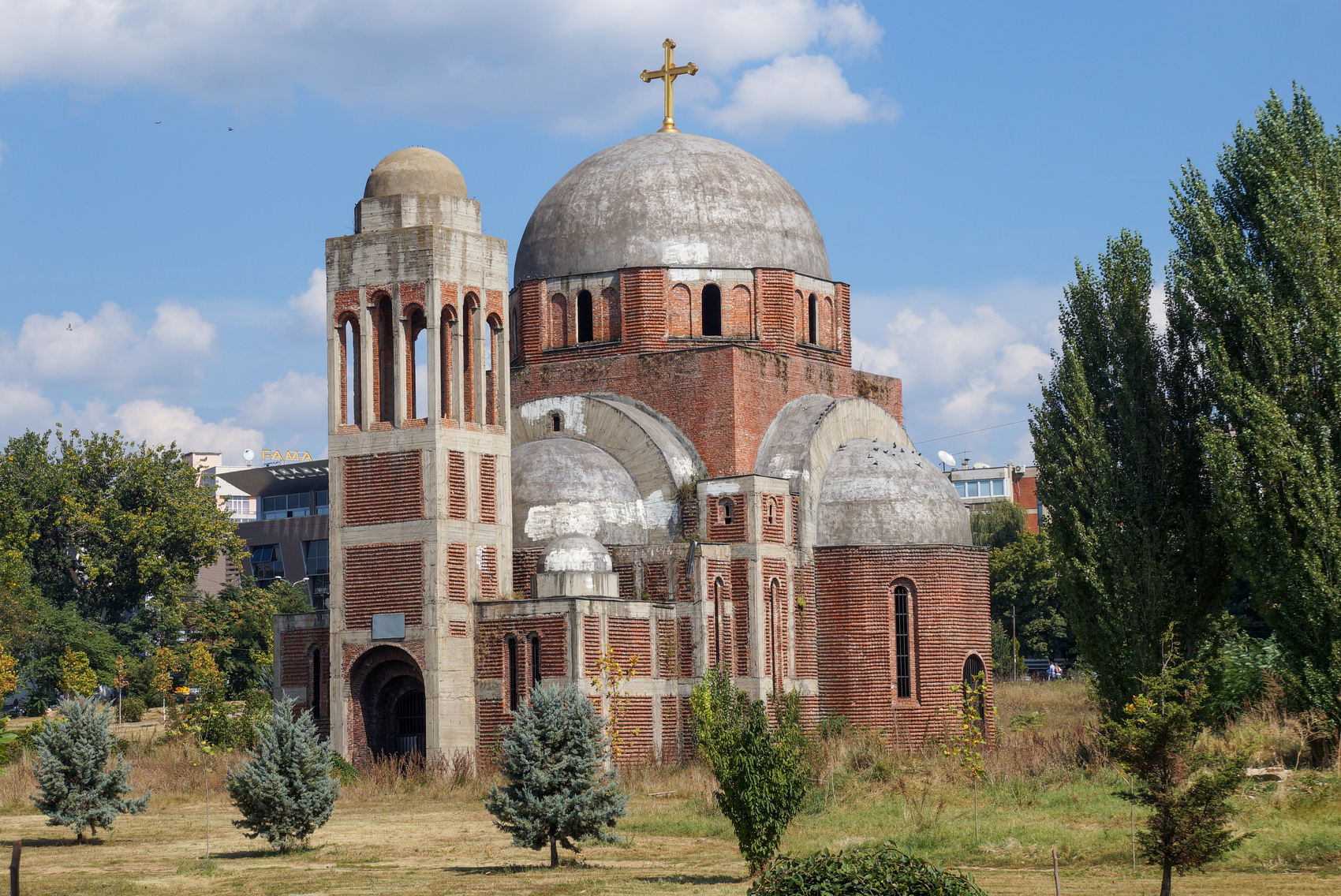
On a walk through the city, Pristina’s buildings and monuments have much to tell. Pieces of the city’s history fall into place as we explore a centre that buzzes with the youthful energy of a capital looking to the future, while not hiding from its past.
In the peaceful garden at Sultan Mehmet Fatih Mosque in Pristina’s old quarter, two men wearing white plisi hats talk quietly against the wall as we sit under the arches admiring the stunning facade.
The Imperial Mosque, as it’s often known, was built in the 15th century in the early years of Ottoman rule, which lasted about 500 years. It was converted into a Catholic church during the brief Austrian occupation in the late 17th century, before being restored as one of the city’s most important religious sites. Across the road stands the 19th-century Clock Tower.
The Great Hammam around the corner, also built in the 15th century as part of the mosque, is under restoration.
Skipping a century or two, two buildings that opened a year apart in the 1970s are imposing reminders of communist Yugoslavia.
The Grand Hotel, once a five-star establishment owned by the Yugoslav government and frequented by communist officials and Serbian nationalists, is now in despair but somehow still receiving unsuspecting guests. “I don’t think it is the worst hotel in the world, but that is because the world is very big,” Kosovo’s president Hashim Thaci told a New York Times journalist.
The ageing Palace of Youth and Sports is another Brutalist behemoth. Below, the shopping mall and cafes offer only slight distraction from the jarring columns that suggest the building is something more important than a sports arena.
At the steps of this socialist giant stands a symbol of Kosovo’s newfound nationhood.
In 2008 Kosovo became the youngest country in Europe when it declared independence from Serbia. The Newborn Monument, where tourists pose in front of its ever-changing facade, marked the milestone.
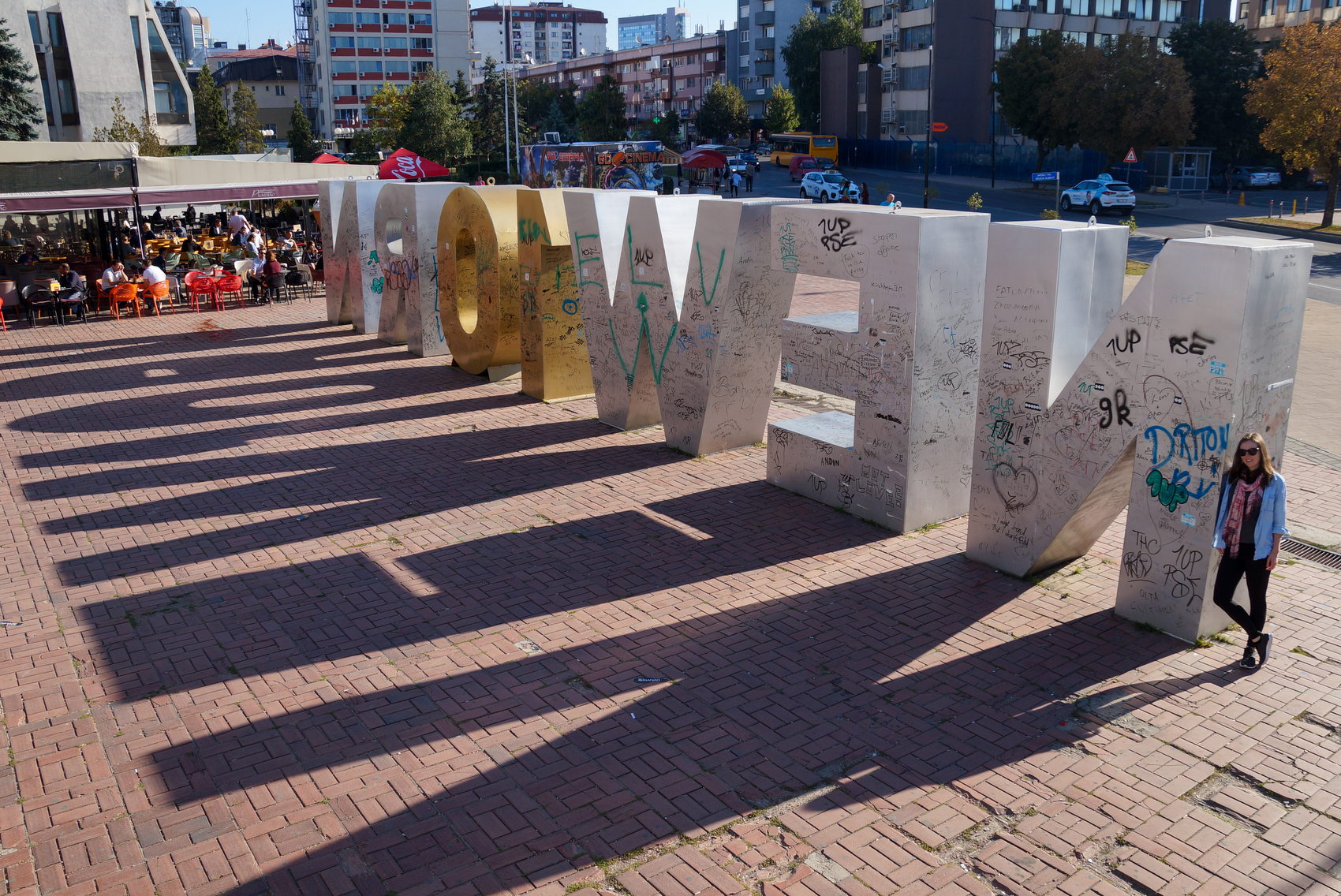
Unlike some of the city’s older monuments, this one regularly gets a fresh lick of paint to convey messages important to Kosovo and its people.
At the moment its letters are decorated with environment-themed illustrations. In 2018 the letter “B” was replaced by the number 1 to celebrate the country’s 10th anniversary. Two years earlier it was painted with barbed wire to protest visa restrictions that isolated Kosovars. And on my first visit to the city in 2013 it was covered in the flags of states that recognise Kosovo.
Across the road those same tourists stand in silence at the Heroinat Memorial.
The 20,000 pins creating a three-dimensional outline of a woman’s face honour the women raped by Serbian forces during the Kosovo War. The memorial was unveiled in 2015 and three years later all survivors of sexual violence during the war, thought to number 20,000 – the same number of pins in the memorial – became eligible for government compensation.
It’s impossible to explore any part of Kosovo without being confronted with its not-so-distant past. But this is a country that’s moving on.
On a hill along Bill Clinton Boulevard, just up from a row of cafes whose hip interiors, exposed brick alfresco areas and fairy lights wouldn’t be out of place in Melbourne or Berlin, you’ll find the best view in the city.
The Cathedral of Saint Mother Teresa is one of the city’s more recent additions, consecrated in 2017. The building of a Catholic church in a city centre in Kosovo, a Muslim-dominated country, was not without controversy. But the church is also regarded as a symbol of the city’s multicultural and cosmopolitan nature as a fledgling European capital.
Inside, the stained-glass windows and pews with carved eagles on the end are the only adornment in an otherwise spare but light-filled space. It’s certainly worthy of a visit, but the most impressive sight is accessed through a door on the side.
One euro gets you a ride up the elevator to the cathedral’s bell tower.
The traffic flows along the boulevard below as the sun makes its way to the mountains on the horizon. Cranes hover over unfinished apartment buildings and the city seems busy. The full oddity of the unmistakable National Library can be appreciated up here. Once again, I ask myself what were they thinking?
As the bells mark the hour by clanging overhead, the vibrations ripple through the tower. Already nervous at this height I schooch back from the edge and grip the wall. It’s tempting to retreat to ground level and find comfort with an espresso in some trendy cafe. But for the moment we are mesmerised by a city full of life and writing its next chapter.

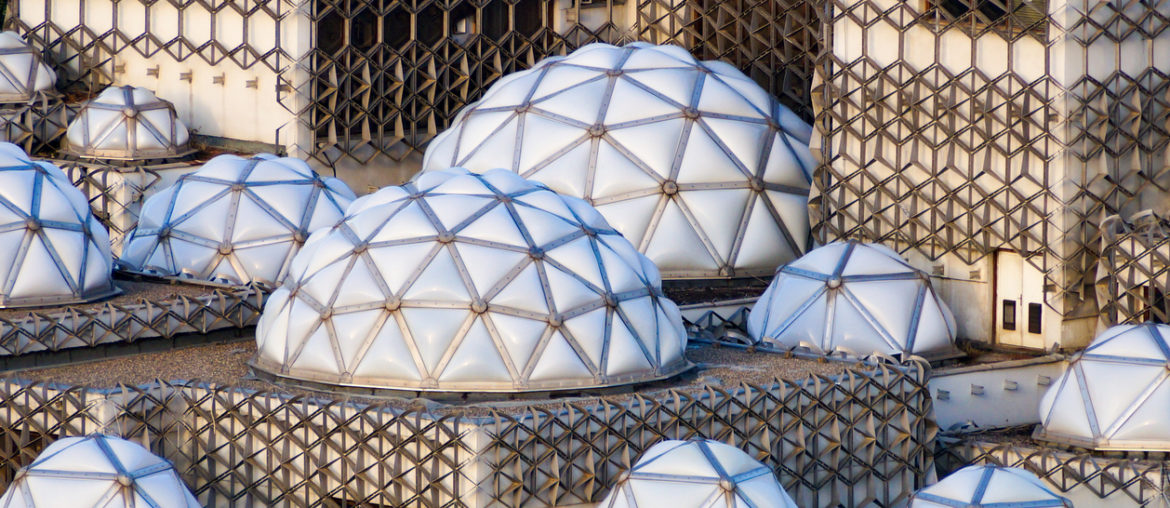




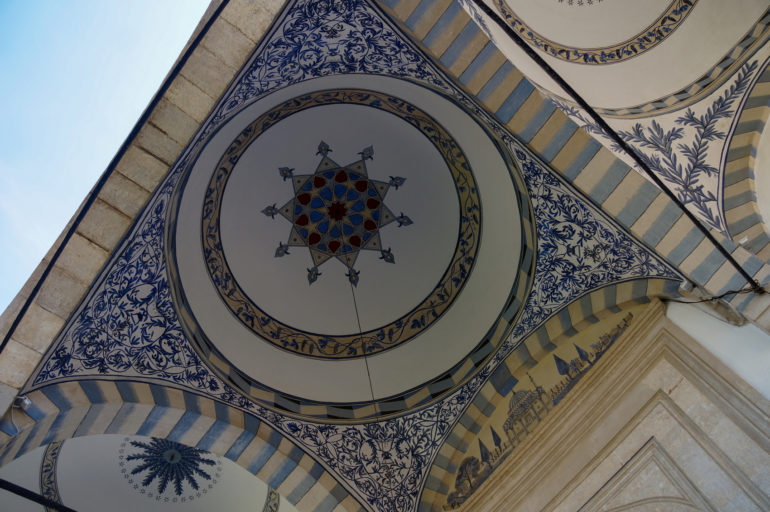
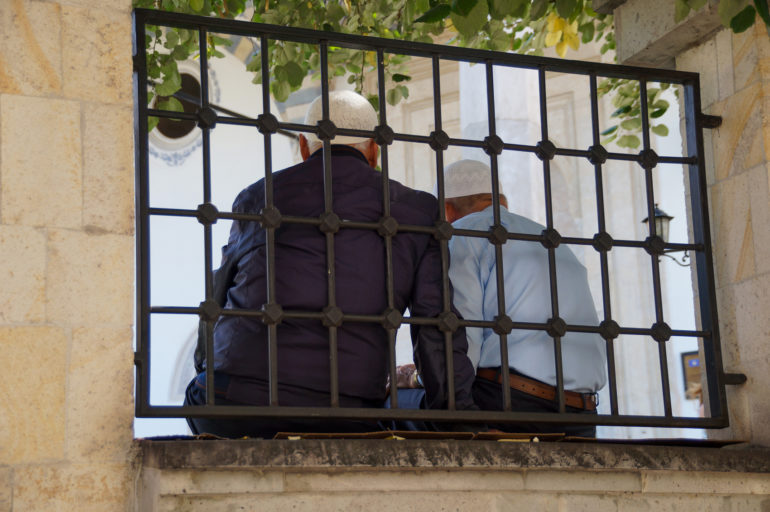
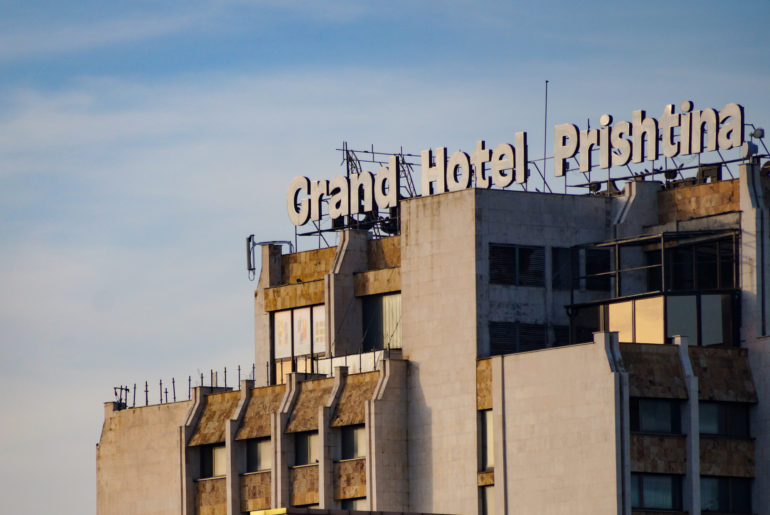
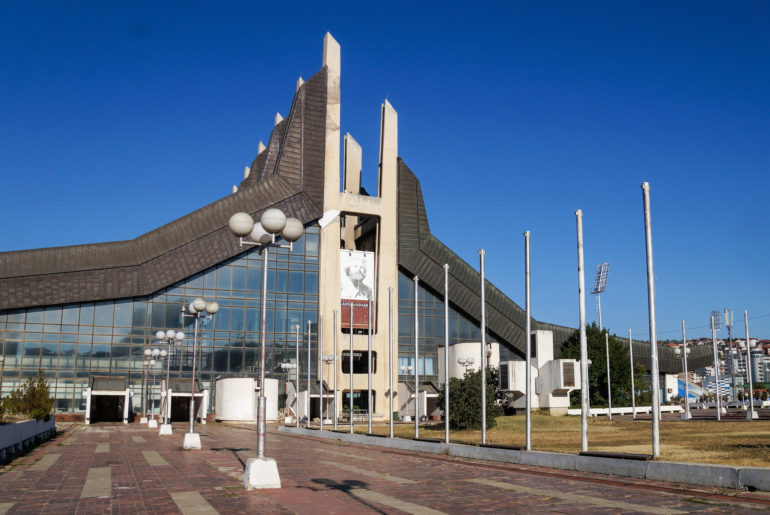
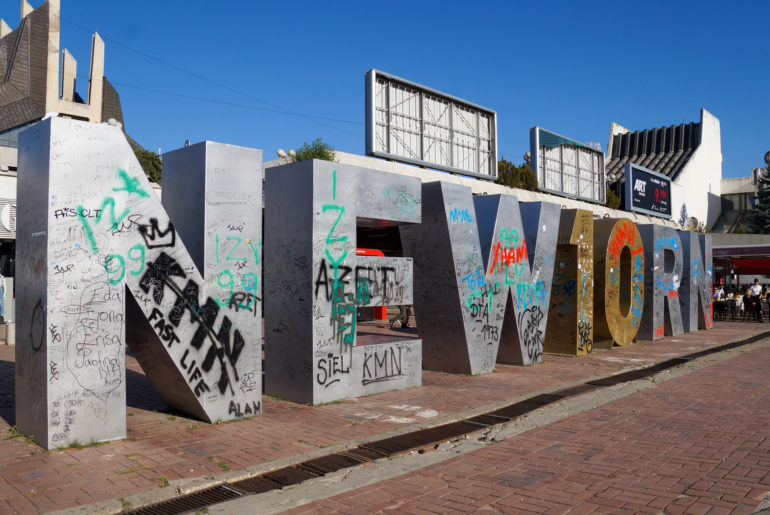
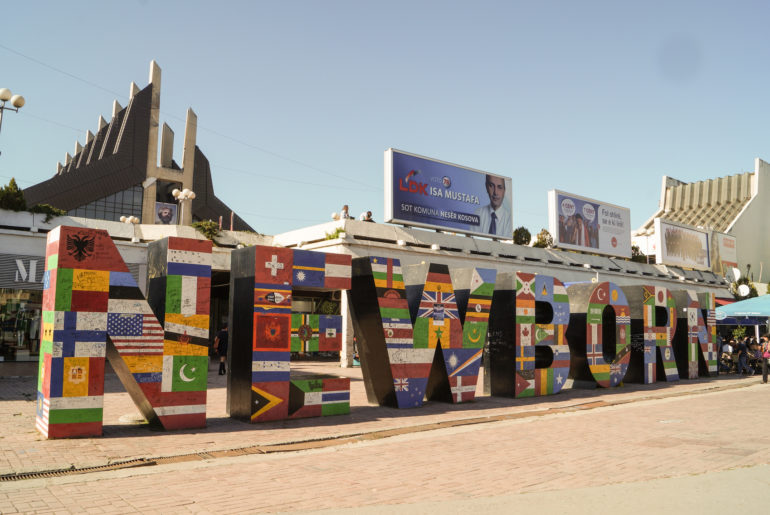
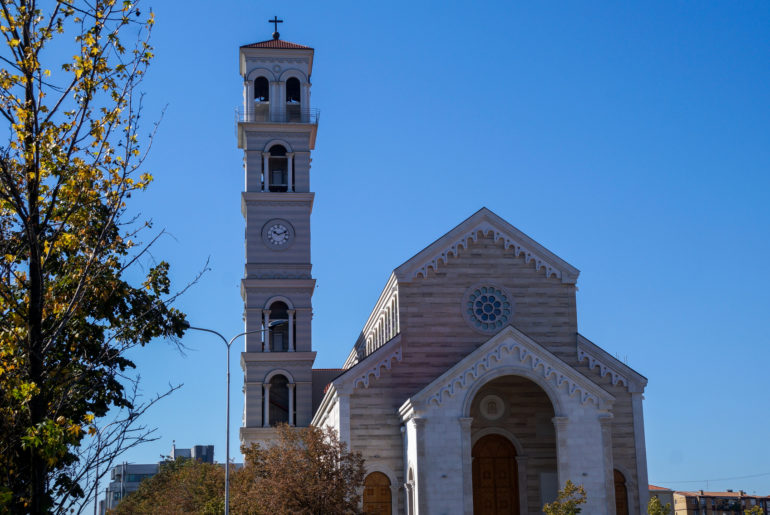
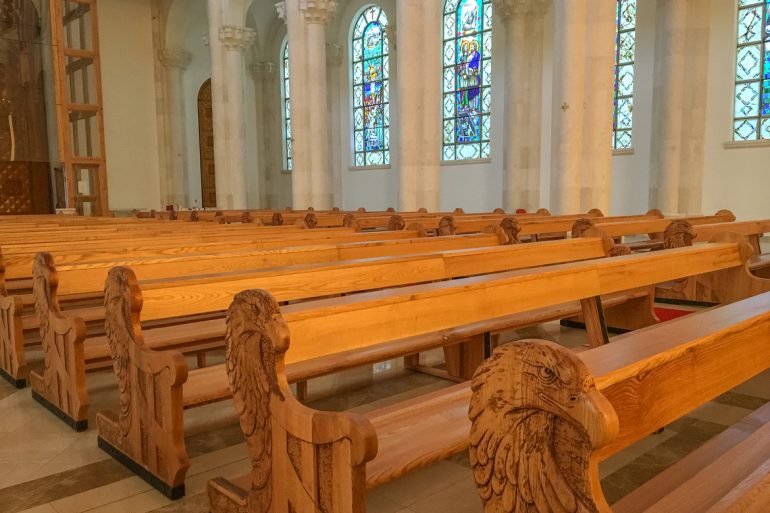

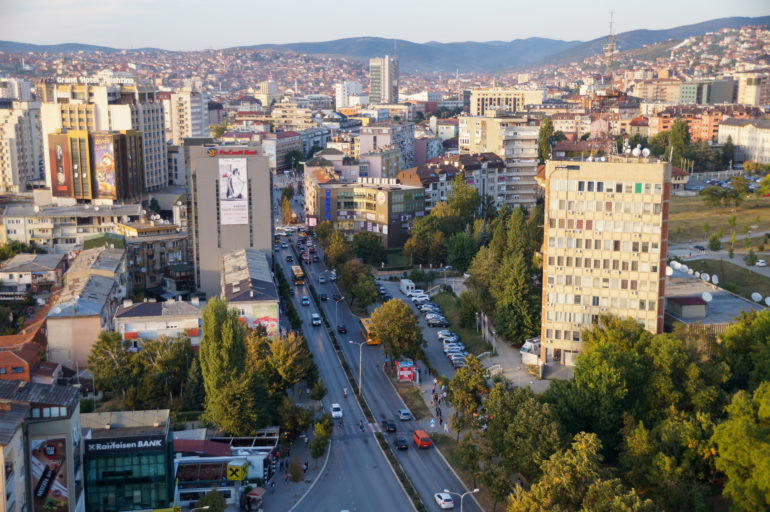
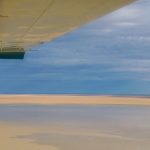
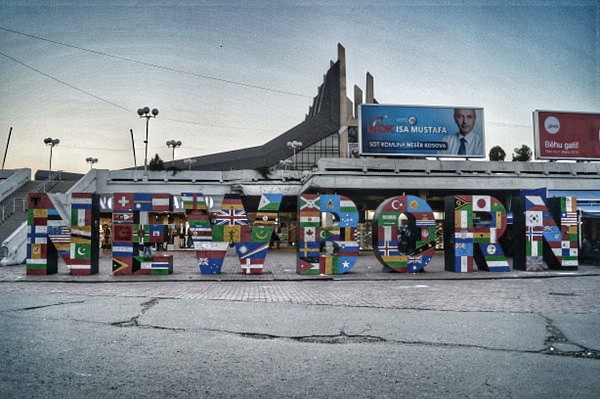

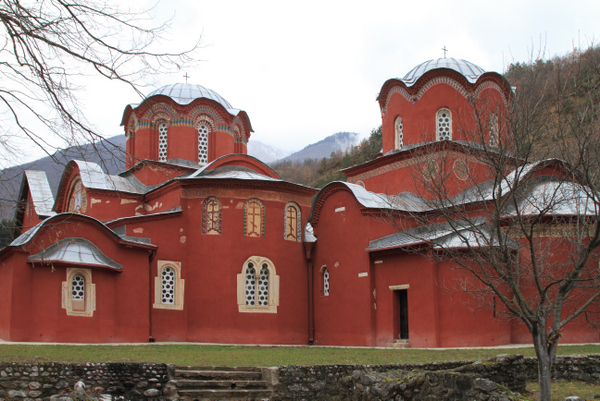
1 Comment
The building itself contains the designer’s understanding of art.